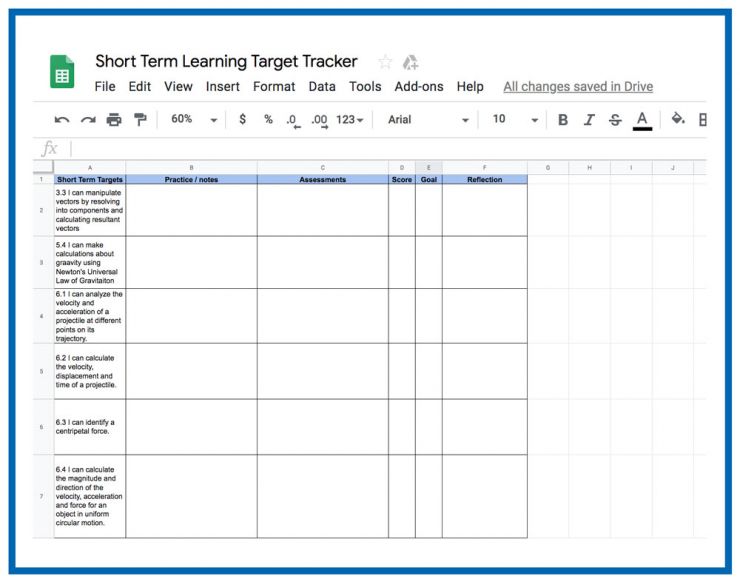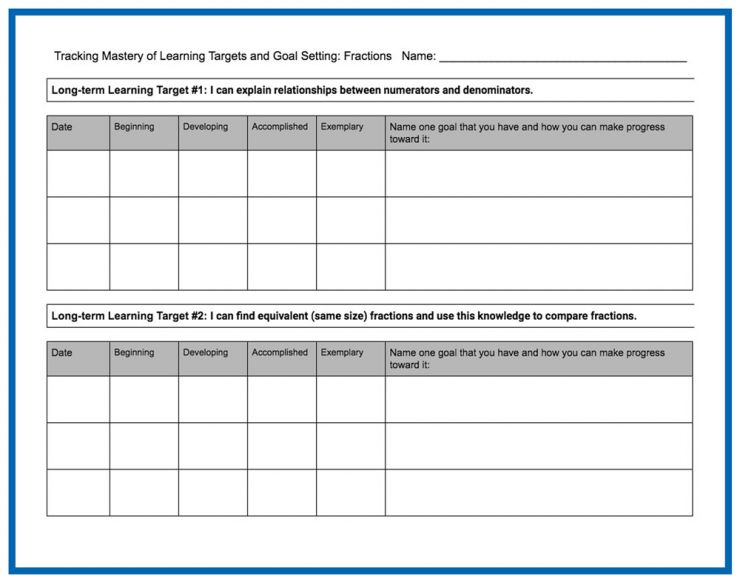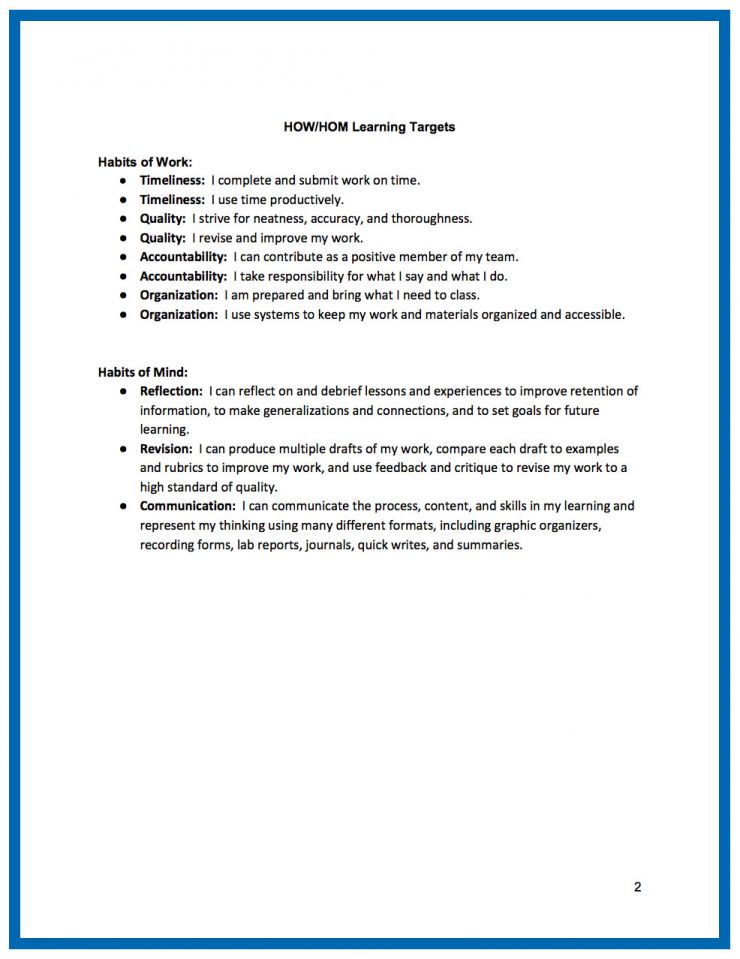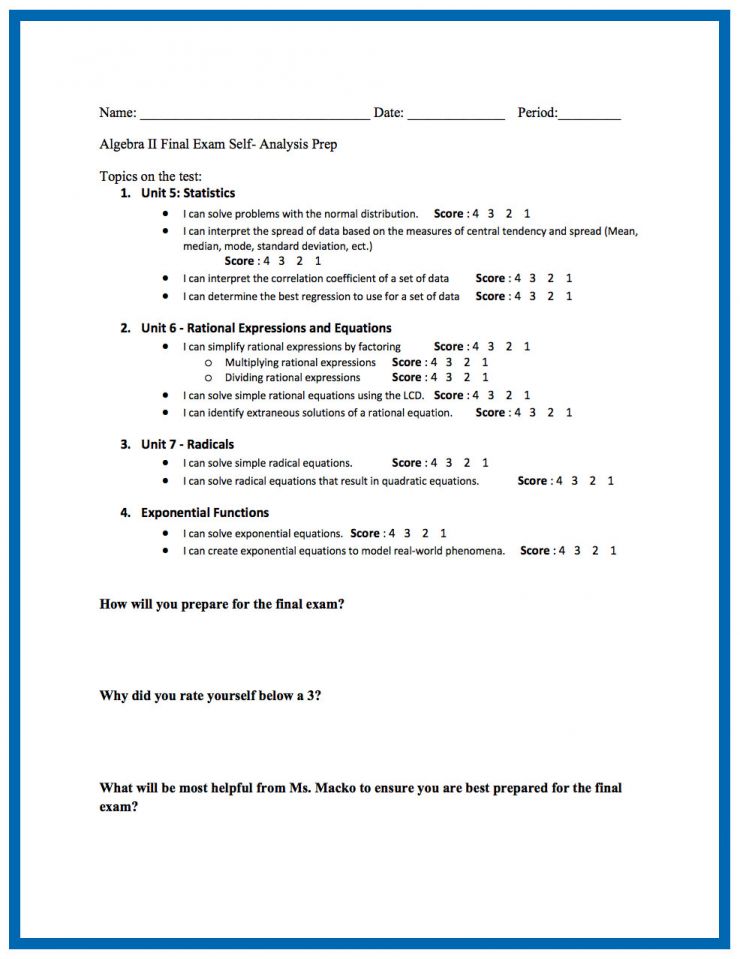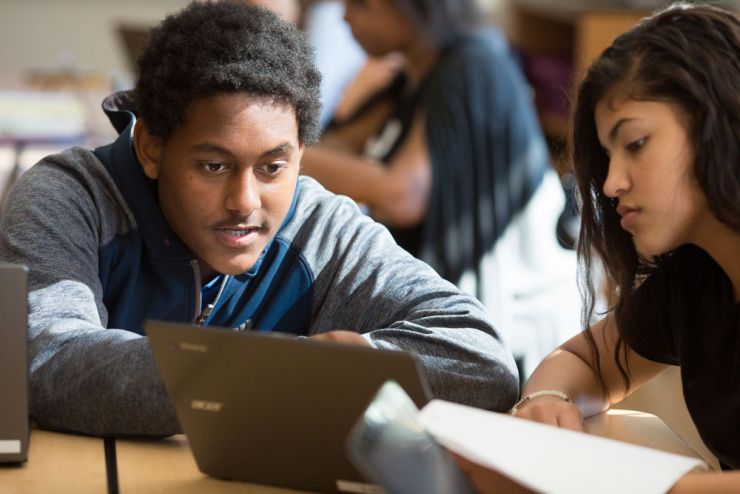
"We strive to be data-driven or data-informed in education these days, but typically we limit our vision of who can productively use data: school leaders, coaches and teachers. Students are left out. When students are equipped to analyze data for their own learning … the power of data as an engine for growth is centered where it has the greatest potential to improve learning — with students."
— Ron Berger, Chief Academic Officer, EL Education
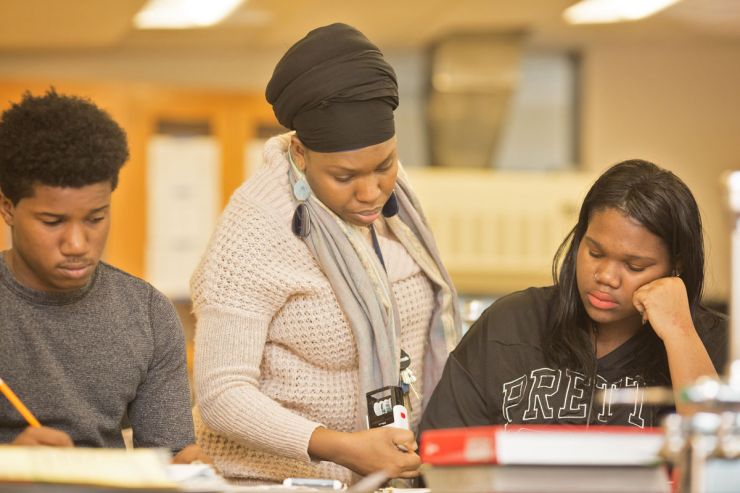
THESE RESOURCES FOCUS ON THE FOLLOWING LEARNING TARGET:
- I can identify planning, organization, and instructional tools to engage students to work with their own data.
WHAT ARE LEARNING TARGET TRACKERS?
Learning target trackers give students structure to reflect on their growth, own their progress, and celebrate their learning. Learning target trackers put students at the center of this process. It is critical for educators to give students various ways to think about their academic and character growth, and with action steps based on what they are observing about themselves. The data students share about themselves, whether on an informal or formal assessment, help teachers understand where students are with the lesson and inform next steps with instruction, differentiation, and scaffolding.
EXAMPLES OF SHORT-TERM AND LONG-TERM LEARNING TARGET TRACKERS
Watch the video below to learn more about how various assessments and differentiation help students meet learning targets.
TOOL #1: YEAR-LONG LEARNING TARGET KEY RING
View examples of the tool below.
When is the tool used?
- When the teacher returns assignments
- For learning targets that are year-long or unit-long
- For skills that are transferable between tasks
What steps do I need to take to make this happen?
- At the beginning of the unit or year: which skills and targets are most important for students to master?
- Create a system for collecting and entering data that is:
- Clear
- Consistent
- Manageable for teacher and student
How can this tool be differentiated?
- Students can choose the goals to be tracked
- Students can write or explain the target in their own language
- Students can create a goal to track that the teacher does not assess
TOOL #2: HABITS OF WORK / HABITS OF MIND LEARNING TARGETS
View this resource packet for examples of:
Habits of Work/Habits of Mind Learning Targets
Academic Goal Setting Worksheet
Goal Check-in Sheet
Conference Prep Sheet
Example of a Habits of Work Rubric for a Project/Assignment
When is the tool used?
- In advisory/crew
- On assignments/projects in class
- Observations during class or advisory/crew
What steps do I need to take to make this happen?
- Clear targets written in student-friendly language for habits of work and/or habits of mind
- Goal-setting sheets and check-ins
- Ways to track student behavior (homework completion, etc.)
How can this tool be differentiated?
- Students design their own goals
- Make conversations at student-led conferences individualized to meet the student’s needs
TOOL #3: SELF-ANALYSIS PREP / TEST SELF-ASSESSMENT
View the document for an example of the tool:
Algebra II Final Exam Self-Analysis Prep
When is the tool used?
- Before every assessment
- Before beginning to review for the midterm or final exams
What steps do I need to take to make this happen?
- Clear targets written in student-friendly language for the unit
- Know which learning targets will be assessed
- Break down all skills within a learning target that are being assessed
How can this tool be differentiated?
- These tools are used on an individual basis to determine preparedness for the test. Differentiation is not needed.
There are also various informal assessments educators can use throughout a lesson to collect data from students on their level of understanding. EL Education outlines numerous effective strategies, including:
- Fist to Five or Thumbs up/Thumbs down: To show degree of agreement, readiness for tasks, or comfort with a learning target/concept, students can quickly show their thinking by putting their thumbs up, to the side or down; or by holding up (or placing a hand near the opposite shoulder) a fist for 0/Disagree or 1-5 fingers for higher levels of confidence or agreement.
- Red/Yellow/Green Cards: Students have red, yellow, and green objects accessible (e.g. popsicle sticks, poker chips, cards), and when prompted to reflect on a learning target or readiness for a task, they place the color on their desk that describes their comfort level or readiness (red: stuck or not ready; yellow: need support soon; green: ready to start). Teachers target their support for the reds first, then move to yellows and greens. Students change their colors as needed to describe their status.
Read this resource from EL Education to learn about other strategies to check for understanding.
Top photo courtesy of Allison Shelley/The Verbatim Agency for American Education: Images of Teachers and Students in Action. Capital City participated in this photo project during the 2016-2017 school year.

